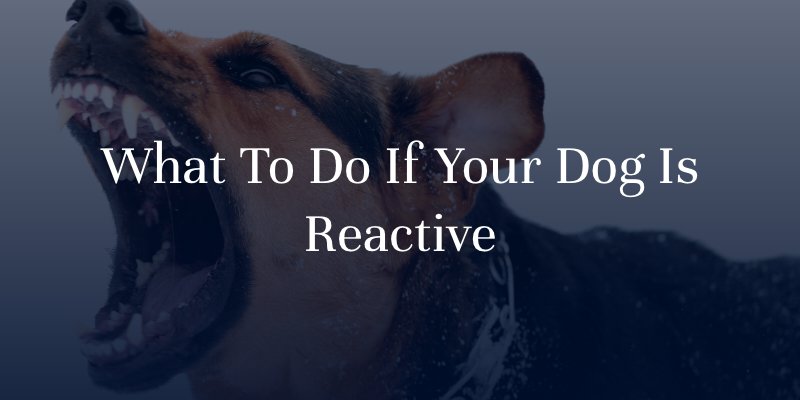If you own a dog or spend a lot of time around dogs, it is important to understand what dog reactivity looks like. Reactivity in dogs refers to an overreaction to certain stimuli or situations. Common triggers may include other animals, strangers, loud noises, or unexpected changes in the environment.
Reactive dogs may display behaviors that range from mild unease to aggressive outbursts, sometimes even biting or attacking other people or animals. This reactivity not only poses a risk to the dog’s well-being but can also be dangerous for those around them.
Signs of Reactive Behavior in Dogs
Recognizing the signs of reactive behavior in dogs is the first step in managing and preventing potentially dangerous incidents. Dogs may exhibit various behaviors that indicate anxiety or a reactive state, such as:
- Excessive barking
- Growling
- Intense staring
- Lip licking
- Lunging
- Nipping
- Tail tucking
- Teeth baring
- Involuntary urination
- Tense or low body posture
- Attempts to hide or escape
- Avoiding eye contact
- Showing the whites of the eyes
Why Are Some Dogs Reactive?
Dogs may become reactive due to a mix of genetic, developmental, environmental, and physical factors. Developmentally, dogs that have experienced abuse or lack of socialization during their formative years are more prone to fearful and reactive behaviors. Environmentally, dogs raised in either overly sheltered or violent settings may develop anxiety or post-traumatic stress disorder (PTSD), heightening their reactivity.
Genetically, certain breeds may be more likely to exhibit reactive behaviors. For example, terrier breeds may be more reactive to other dogs, and shepherd breeds to motion. Additionally, physical disorders, particularly those causing chronic pain, can contribute to increased anxiety and reactivity in dogs.
What to Do If Your Dog Is Reactive
If your dog shows signs of reactivity, it’s important to address these behaviors proactively. By taking these steps, you can help keep yourself and the people around you safe. Here are some steps to take if you have a reactive dog:
- Establish a Routine: Create a predictable daily schedule for your dog, including regular times for walks, meals, and play. This consistency helps reduce anxiety and makes them feel more secure.
- Invest in Specialized Equipment: Consider investing in tools that can help you control your dog’s movement during walks. Additionally, a crate can provide a safe space for your dog during challenging situations, which can aid in managing reactivity.
- Make Modifications to Your Household: Teaching your dog to stay away from certain spots can help manage their reactions. For example, if your dog is reactive to people walking by your home, use tie-downs or baby gates to limit access to windows or the backyard.
- Pay Attention to Your Dog’s Body Language: Recognizing signs of happiness, nervousness, alertness, or aggression is key to responding appropriately. Learn to interpret your dog’s body language to better understand their emotional state.
- Enroll in a Training Course: Enrolling in a behavior rehabilitation course with certified trainers can be highly beneficial. Many programs offer lessons on handling reactivity, which can help you gain hands-on, practical experience in handling your dog’s behavior.
Despite these precautions, reactive dogs bite people every year, causing severe injuries. If you were bitten by a dangerous dog, it is important to speak with a lawyer as soon as possible. A Seattle dog bite attorney can help you hold the owner accountable and recover compensation for your medical expenses, pain and suffering, and more. After the attack, schedule a free legal consultation to learn about your path forward.

